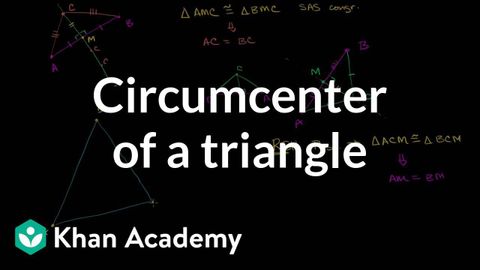
字幕と単語
三角形の外心|三角形の特殊な性質と部分|幾何学|カーンアカデミー (Circumcenter of a triangle | Special properties and parts of triangles | Geometry | Khan Academy)
00
Cecilia が 2021 年 01 月 14 日 に投稿保存
動画の中の単語
point
US /pɔɪnt/
・
UK /pɔɪnt/
- n. (c./u.)論点;斑点;要点;特徴;ポイント;時点;場所;要点;得点;先端;点 (小数点);縫い目
- v.i.(ある方向を)向く
- v.t.指し示す
- v.t./i.示す
A1 初級TOEIC
もっと見る draw
US /drɔ/
・
UK /drɔ:/
- v.t.引く;引き込む;引っ張る;引き出す
- n. (c./u.)引きつけるもの;くじで引き当てたもの;引き分け
- v.i.近づく;引き分けになる
- v.t./i.線を引く : 描く
A1 初級TOEIC
もっと見る call
US /kɔl/
・
UK /kɔ:l/
- n.要求;(動物の)鳴き声;予想;ちょっと訪れること;審判の判定
- v.t./i.(仕事などを引き受けるよう人に)命じる : 要求する;立ち寄る:訪問する;電話する;大声で呼ぶ : 大声で叫ぶ
- v.i.(動物の)鳴き声
- v.t.発表する : 知らせる;判定する;名づける;予想する
A1 初級
もっと見る エネルギーを使用
すべての単語を解除
発音・解説・フィルター機能を解除
